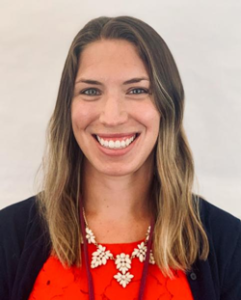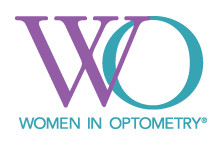| This is part of a three-part series on NECO telemedicine. Read the rest of the stories here. |
Vision Therapy


When the clinic began implementing the EyecareLive platform, Dr. Williams said her team made a decision not to start anyone new with vision therapy but they would continue seeing patients who were weeks into their regimen once a week with a 45-minute video call.
It’s been important because children—and adults working from home—began spending even more time online or with devices. “I want to encourage children and their parents that they need to keep up with their eye training or else learning could become even harder. It’s more urgent to limit near work, wherever possible,” she says,
Dr. Williams, who says the ODs in her department had attended CE sessions on telemedicine and had theories on how it could work, wasn’t using any telemedicine platform earlier. But now that she has begun to, she sees implications for the long term.
“We have a three-month waiting period to get into the vision therapy clinic,” she says. “We can’t get everyone in who wants the service, and we have patients traveling 90 minutes to get here.” Now that they have confidence that they can help patients who have the right equipment at home, they can imagine how they can help more patients. For example, patients may start their vision therapy at the college facility but after some number of weeks, hold sessions on line. Patients who live far away can use some telemedicine visits, avoiding the long drive for each session. “Seeing patients in their home environment also gives us insight into what their challenges are,” she says. “We can see why it might be difficult for them to practice depending on the noise level and distractions in the house. It’s been eye-opening.”



